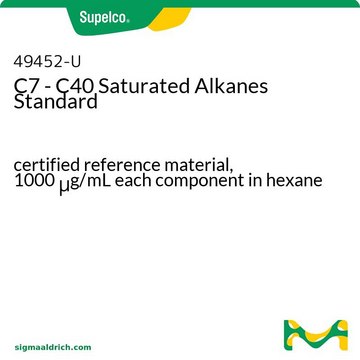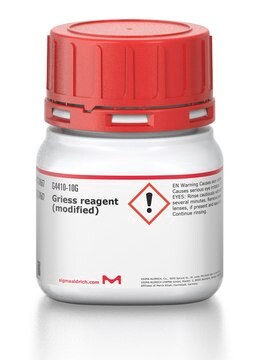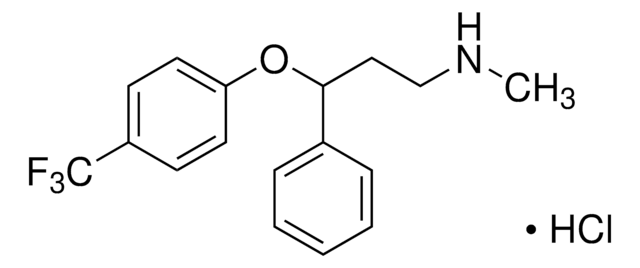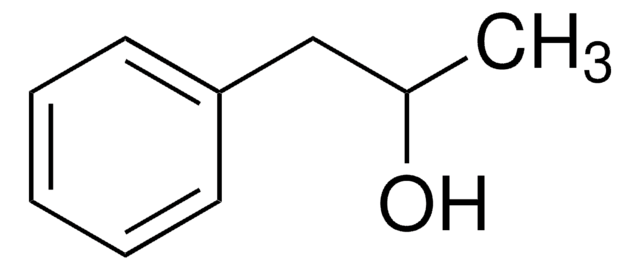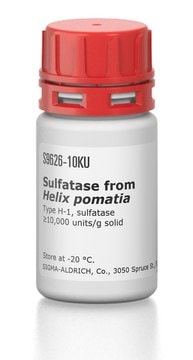A3278
D-Amphetamine hemisulfate salt solution
1.0 mg/mL in methanol, analytical standard, for drug analysis
About This Item
Productos recomendados
grade
analytical standard, for drug analysis
Quality Level
drug control
Home Office Schedule 2; stupéfiant (France); kontrollierte Droge in Deutschland; (Spain); Decreto Lei 15/93: Tabela IIB (Portugal)
concentration
1.0 mg/mL in methanol
technique(s)
HPLC: suitable
gas chromatography (GC): suitable
application(s)
pharmaceutical (small molecule)
format
single component solution
storage temp.
2-8°C
SMILES string
OS(O)(=O)=O.C[C@H](N)Cc1ccccc1.C[C@H](N)Cc2ccccc2
InChI
1S/2C9H13N.H2O4S/c2*1-8(10)7-9-5-3-2-4-6-9;1-5(2,3)4/h2*2-6,8H,7,10H2,1H3;(H2,1,2,3,4)/t2*8-;/m00./s1
InChI key
PYHRZPFZZDCOPH-QXGOIDDHSA-N
Gene Information
human ... SLC18A2(6571)
Application
signalword
Danger
hcodes
Hazard Classifications
Acute Tox. 3 Dermal - Acute Tox. 3 Inhalation - Acute Tox. 3 Oral - Flam. Liq. 2 - STOT SE 1
Storage Class
3 - Flammable liquids
wgk_germany
WGK 1
flash_point_f
51.8 °F
flash_point_c
11 °C
ppe
Eyeshields, Faceshields, Gloves, type ABEK (EN14387) respirator filter
Elija entre una de las versiones más recientes:
¿Ya tiene este producto?
Encuentre la documentación para los productos que ha comprado recientemente en la Biblioteca de documentos.
Protocolos
Separation of Heroin, analytical standard, ≥98% (HPLC); Cocaine hydrochloride, analytical standard; D-Amphetamine hemisulfate salt solution, 1.0 mg/mL in methanol, analytical standard, for drug analysis; (±)-3,4-Methylenedioxymethamphetamine hydrochloride solution, analytical standard, for drug analysis, 1.0 mg/mL in methanol
Chromatograms
suitable for GCsuitable for GCapplication for HPLCapplication for HPLCMostrar másNuestro equipo de científicos tiene experiencia en todas las áreas de investigación: Ciencias de la vida, Ciencia de los materiales, Síntesis química, Cromatografía, Analítica y muchas otras.
Póngase en contacto con el Servicio técnico
